It’s not much of a secret that in our household, Dawn is the much bigger anime/manga fan than I am. I would say I missed the era growing up that might have gotten me into it, but both Battle of the Planets and Robotech were readily available on my television during my formative years.
Which might have been part of the problem. I had no idea that both series were gutted and reworked editions of their original source (Science Ninja Team Gatchaman and Macross, respectively), I just got bored with them. Even the whole “Holy crap Roy Fokker DIED!” moment which I remember hearing about on the elementary school playground wasn’t enough to really capture my interest. I was happy enough with good ol’ American cartoons (ironically mostly animated in Asia, a trend which continues to the present day). Anime was stuff like Speed Racer. It was cheap, and dumb, and I wanted nothing to do with it.
The first break in this conviction came in the 1990s, when two friends who were regular visitors to L.A.’s “Little Tokyo” sat me down and made me watch the subtitled version of Akira (thankfully not the dubbed one, which has some really bad choices of voice actors). To say I was floored would be an understatement. Here was a product with all the stylistic hallmarks of the anime style I had come to be revulsed by, but attached to gorgeous animation and a very adult, very engaging storyline.
In the wake of Akira, I decided to give anime offerings another chance… but back in those days they still weren’t quite as accessible as they are now. I may have been willing to give it a look, but not to go out of my way to do so, so there needed to be some more time, during which anime/manga acceptance in the U.S. really took off and it started popping up everywhere, also no doubt helped along by the popularity of video games like the Final Fantasy series.
I still didn’t particularly gravitate to the look of it, but those same friends did end up entertaining me with episodes of Ranma 1/2 and Lum, and I believe are responsible for first showing me a piece which has become one of my personal favorite films: Ninja Scroll. Ninja Scroll still just fills me with joy every time I watch it. I explain this feeling as the android Ash from Alien does: “I admire its purity”. It’s a gloriously, insanely uncompromising 99 minutes of awesomeness. For instance, one of the central conceits is that a bunch of supernatural demons from Hell want to steal gold. Not souls. They could give a damn about your soul, they’re after money… though they’ll happily kill you in horrible ways to get it. Nor are the mortal protagonists really impressed by this whole “demon” business. It plays out as this utterly bizarre version of a revenge/heist film, like if John McLane was fighting Satan instead of Hans Gruber. In fact, there you go… take how great Die Hard is, and add a scene with a hero who, despite suffering several broken bones, starts repeatedly headbutting Satan in the face.
In the late 90s, we got Princess Mononoke in wide-release in the U.S., which was my first exposure not only to the genius of Hayao Miyazaki, but to the idea that a decent English voice dub could exist that matched the mouth movements of the characters. I’m game for any Miyazaki flick these days, old or new. I don’t love them all equally, but the man has a direct conduit to the visuals of dreams.
The TV side of anime still wasn’t grabbing me, though. I gave up on Dragonball Z after watching it every day for a week and a half and the same fight was still happening. It’s a pacing issue I personally find excruciating, and anime is rife with it. But not all, which made it all the more odd to me as a phenomenon. One of my absolute favorite cartoon series ever is the fantastic Cowboy Bebop, a show I still heartily recommend to people who have a blanket “anime-shun” going on. I also really enjoyed the 1st series or so of Slayers, where unexpected craziness like Noonsa abounded (no, not spoiling it). But for the most part, when Dawn has her latest Netflix anime playing on the TV while she draws, it still fails to float my boat, even though it might be rather mega-popular in the otaku subculture. The only recent exception I had to that was Claymore — Claymore was a show where I had to just quit trying to write and go sit and watch. I think, again, it was something about the pacing.
In fact, the other day I tried out an experiment I’d been meaning to do for awhile. If I picked up and started reading, say, a Dragonball Z manga, would I enjoy it more than the anime version? After all, one of the great things about the comics format is that, while the creators can use little tricks to extend or compress the “time” that passes, it’s ultimately up to the reader how long they want to linger on a certain panel. It’s entirely possible in a comic for a character to shout “I’ve only got a fraction of a second to act!” and at the same time be taking that action. It can leave us a bit incredulous still in this modern age (“stop talking and DO IT”), but in animation, there’s no way it ends up being anything but completely ridiculous since a true, fixed amount of measurable time is passing to the audience.
So: I look at the manga, and there’s an image of Son Goku, sweat dripping from his brow as he thinks something along the lines of, “That was my most powerful attack! How can he possibly have survived?! Could it be true? Is his power level just that high?” In the cartoon, we’re lingering on his grimacing, twitching face for several seconds while he gets all that dialogue out. In the manga, as soon as I’m finished reading, I can jump to the next panel without feeling like the momentum died mid-combat. And while the fight I read in the manga did take a few chapters to reach its conclusion, the chapters were maybe 12 manga-size pages or so, in other words fairly short.
I admit I didn’t buy it (it was a big book and I’d only consumed a tiny fraction), but I also admit I had a certain reluctance at putting it back, and that was surprising. The Dragonball Z manga had held my interest in a way the anime never managed, at least in its early stages (this was a collection of the beginning stories). So are the pacing problems I can’t deal with a result of a too literal translation of manga to anime, to where the anime is more a sort of glorified motion comic (and you can read my opinions on motion comics here) than something which plays to animation’s strengths?
Cowboy Bebop started out animated. Slayers was a novel before anything else. The exception appears to be Claymore, which did start in manga form but got me hooked regardless. What’s the magic formula? Maybe it’s no more complicated than Sturgeon’s Law: “90% of everything is crud.” But hey, at least nowadays with manga and anime, I’m willing to check for that other 10%.








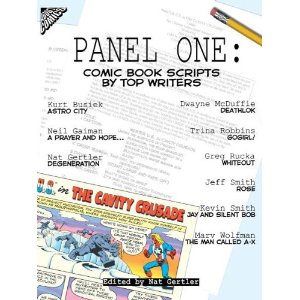
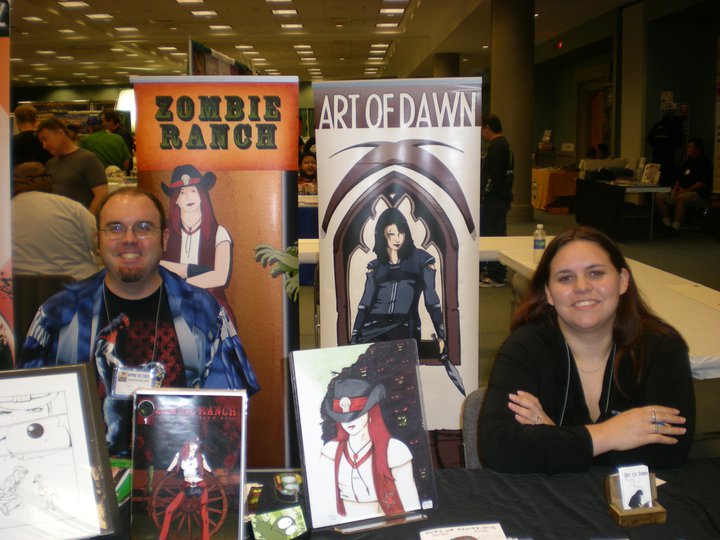
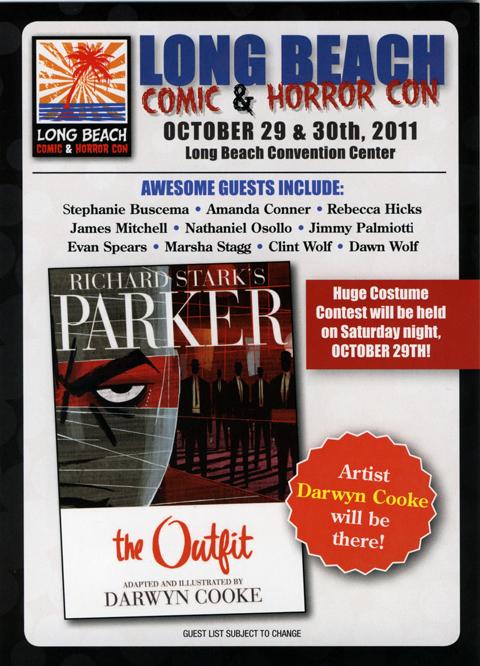
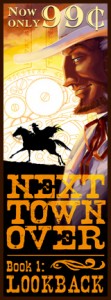
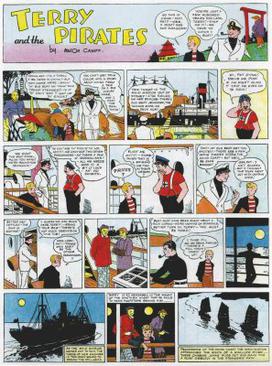
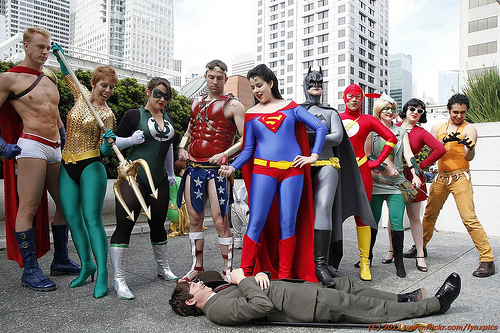
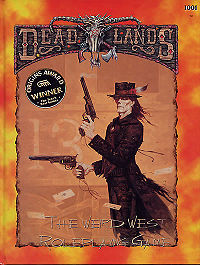
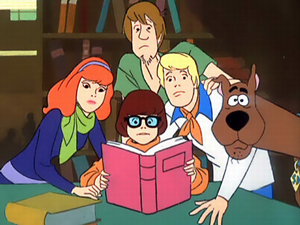
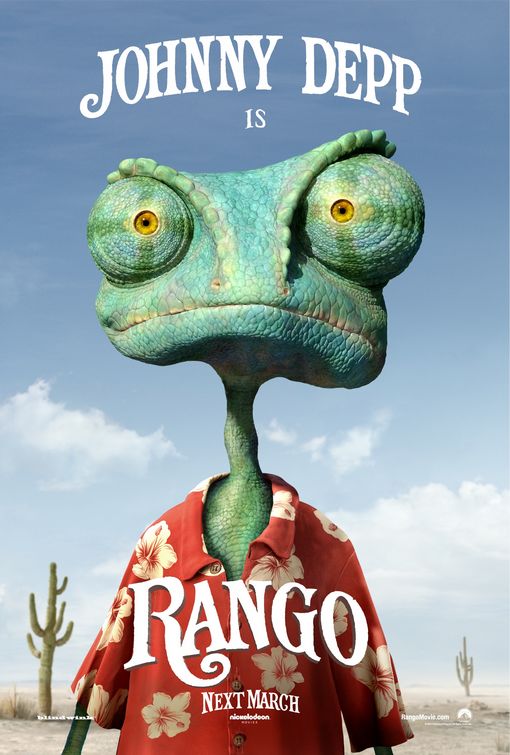 I’m gonna get this out of the way right now, so there’s no suspense. Rango. Loved it, and not just because the title character has great taste in shirts. Kinda wanna have its little gecko babies.
I’m gonna get this out of the way right now, so there’s no suspense. Rango. Loved it, and not just because the title character has great taste in shirts. Kinda wanna have its little gecko babies.